Barrio de Buam-dong (부암동)
12.6Km 2021-05-04
Changuimun-ro 145, Jongno-gu, Seúl.
+82-2-2148-1807
El barrio de Buam-dong, situado en Jongno-gu, Seúl, tiene aspectos del pasado mezclados con el ambiente sofisticado de Samcheong-dong. En sus calles curvadas se encuentran museos, cafeterías y restaurantes modernos junto con molinos y peluquerías de los años 60 o 70 del siglo XX. Originalmente, era un lugar tranquilo con viviendas de pintores, escritores, profesores y otros artistas que vivían con sus pasos pausados; pero recientemente ha ganado la popularidad por ser lugar de rodaje de la telenovela "Cafetería el Príncipe Nº1" (se encuentra aquí la casa de Choi Han-seong) y se ha llenado de cafeterías y tiendas comerciales con diseños únicos. Es una de las tres zonas de moda junto con Samcheong-dong y la calle Garosu-gil de Sinsa-dong.
Fatum (파툼)
12.6Km 2019-12-20
86-5, Samcheong-ro, Jongno-gu, Seoul
+82-2-739-9888
FATUM is famous for its great view of Samcheong-dong. Each floor is decorated with a different theme, from natural rocks on the first floor, comfort on the second floor, and indoor viewing places on the third and fourth floors, and outdoor seats on the fifth floor. The view features beautiful scenery including Bugaksan Mountain, Inwangsan Mountain, and Gyeongbokgung Palace at once, as well as a fantastic sunset from the café.
Parque Dosan (도산공원)
12.6Km 2025-08-12
Dosan-daero 45-gil 20, Gangnam-gu, Seúl.
Es un parque vecinal localizado en Sinsa-dong de Gangnam-gu, en la ciudad de Seúl. El 10 de marzo de 1970, el entonces presidente Park Jeong-hee ordenó el establecimiento del parque en homenaje al gran maestro Dosan, seudónimo de An Chang-ho, quien luchó por la independencia y el triunfo de Corea. De esta manera, la ciudad de Seúl anunció el establecimiento en el año 1973, en una superficie de 33.000 m² en Sinsa-dong del distrito Gangnam-gu. En especial, se han trasladado los restos del maestro que se encontraba en el cementerio público de Mangu-ri y la de su mujer que estaba en la ciudad de Los Ángeles de Estados Unidos, para enterrarlos juntos. Luego el parque se ha extendido desde Seongdong-gu hasta Nonhyeon-dong.
Naneungi (나능이)
12.6Km 2020-05-18
4, Bongeunsa-ro 38-gil, Gangnam-gu, Seoul
+82-2-517-4322
Naneungi is a restaurant specializing in mushroom cuisine. Using exquisite and nutritious neungi mushrooms, Naneungi is dedicated to serving delicious healthy food to visitors.
Cheongsujeong (청수정)
12.6Km 2021-03-29
91, Samcheong-ro, Jongno-gu, Seoul
+82-2-738-8288
Only fresh ingredients are carefully selected to serve only dishes rich in taste and nutrition. This Korean dishes restaurant is located in Jongno-gu, Seoul. The representative menu is bulgogi with rice.
Museo Gahoe (가회민화박물관)
12.6Km 2022-08-30
Bukchon-ro 52, Jongno-gu, Seúl.
El Museo Gahoe fue inaugurado en el año 2002 y expone pinturas populares, amuletos, etc., que muestran la vida y la aspiración que tenían los coreanos en la antigüedad. Se cuentan 250 pinturas populares, 750 talismanes, 150 tomos de libros antiguos, 200 dibujos de dioses, 250 materiales folclóricos, entre otros, que hacen un total de 1.700 piezas en exposición.
En el interior del área dedicada a las casas tradicionales hanok se puede conocer y explorar la vida de las personas en el pasado histórico, pinturas populares, dibujos que reflejan la religión y los mitos tradicionales, tejas con las imágenes de personas o espíritus, etc. Además, en los biombos decorados con talismanes, se puede echar un vistazo al esfuerzo que hacían los antepasados para superar las dificultades.
The Hanok (더 한옥)
12.6Km 2021-03-24
75, Gyedong-gil, Jongno-gu, Seoul
+82-2-743-7470
You can enjoy coffee in a hanok (Korean house). This restaurant's signature menu is coffee. This cafe is located in Jongno-gu, Seoul.
Café Moon (달 카페)
12.7Km 2019-12-23
94-1, Samcheong-ro, Jongno-gu, Seoul
+82-2-735-7355
Café Moon has a trendy interior design and includes a realistic 'moon' mounted on one of the walls. The inside and outside of the café are decorated with hanok designs, designs of traditional Korean houses. The inner courtyard of the grounds is often the stage for a variety of parties and music performances held throughout the year. From the late spring into fall, Café Moon holds musical performances of traditional instruments from around the world. The diners enjoying their meals next to the courtyard need only slide the windows open to let in the beautiful melodies.
Parque Ciudadano de Maeheon (매헌시민의 숲)
12.7Km 2023-02-15
Maeheon-ro 99, Seocho-gu, Seúl.
El Parque Ciudadano de Maeheon, ubicado cerca del peaje de Yangjae, llamado originalmente Parque Ciudadano de Yangjae, fue establecido de cara a los Juegos Asiáticos y los Juegos Olímpicos que se celebraron en 1986 y 1988, respectivamente. El parque alberga unos 94.800 ejemplares de árboles de 43 especies diferentes, incluyendo pinos, olmos, arces coreanos púrpuras, castaños y pinos coreanos, entre otros. Es un entorno verde muy apreciado por los locales, especialmente para citas románticas. En otoño, hay abundancia de caquis y membrillos.
Entre las instalaciones disponibles se encuentran locaciones para fotos de bodas, un sendero de excursión de 4,8 km, un campo de baloncesto, un campo de voleibol (que también sirve para voleibol de pie), un sendero para caminar descalzo y equipamiento para hacer ejercicio al aire libre. Pueden verse también diferentes monumentos como el del héroe nacional Yun Bong-gil.
Taller de Nudos Tradicionales Dongnim (동림매듭공방)
12.7Km 2021-08-19
Bukchon-ro 12-gil 10, Jongno-gu, Seúl.
Inaugurado en abril del 2004, el Taller de Nudos Tradicionales Dongnim expone todo tipo de accesorios decorados con nudos y también los materiales con los que se elaboran. El edificio del estudio es una casa tradicional hanok, y tiene en exposición reliquias antiguas, piezas reproducidas, nuevas elaboraciones creativas y fusionadas al estilo moderno, etc. También se realizan programas académicos llevados a cabo por discípulos cualificados del propietario Shim Young-mi.
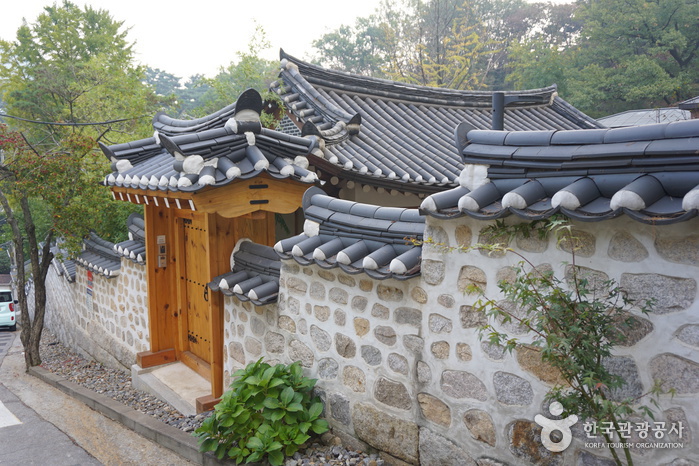
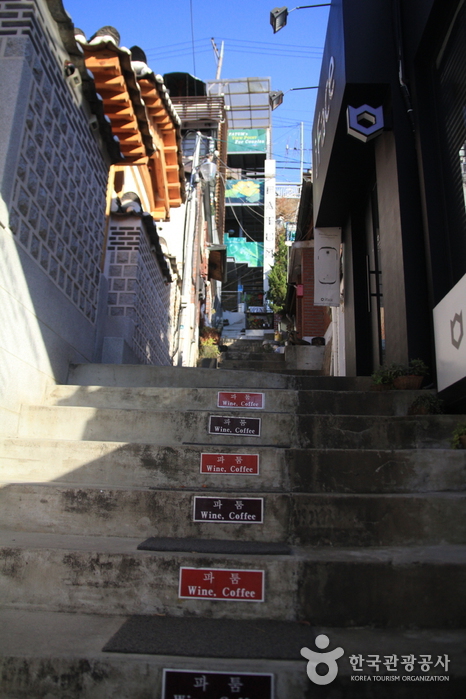
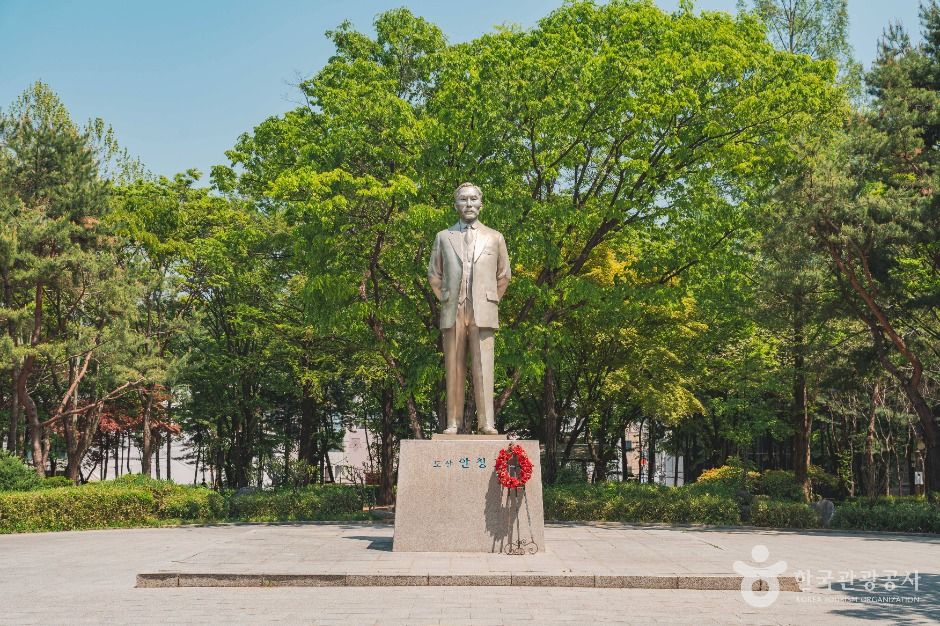
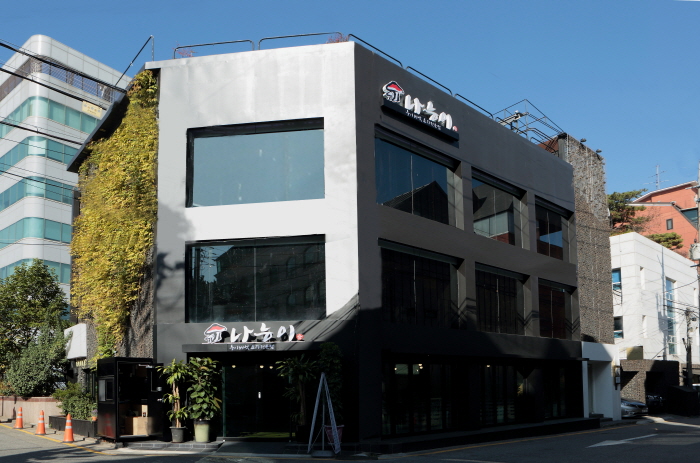
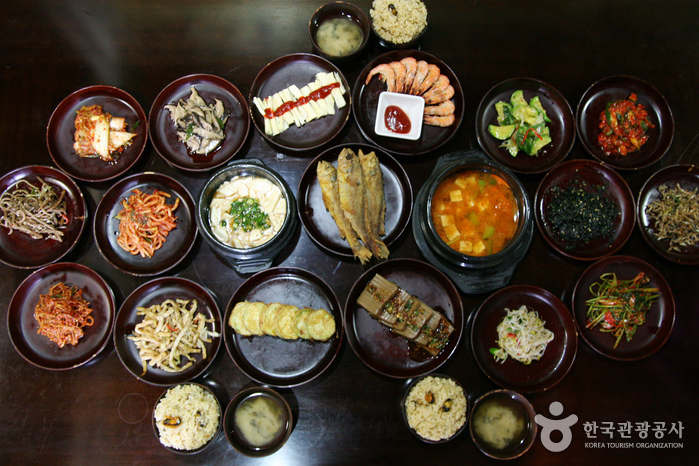
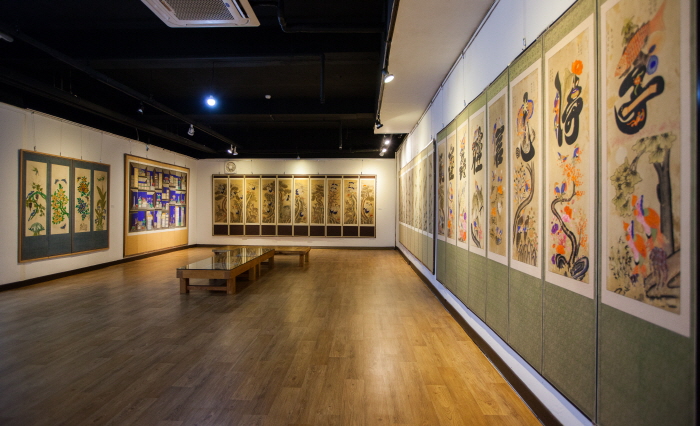
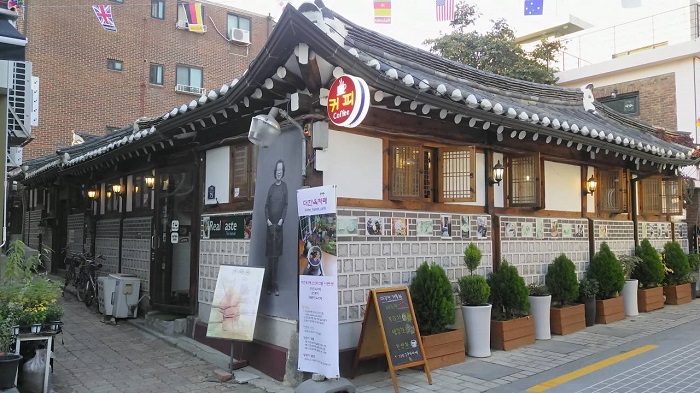
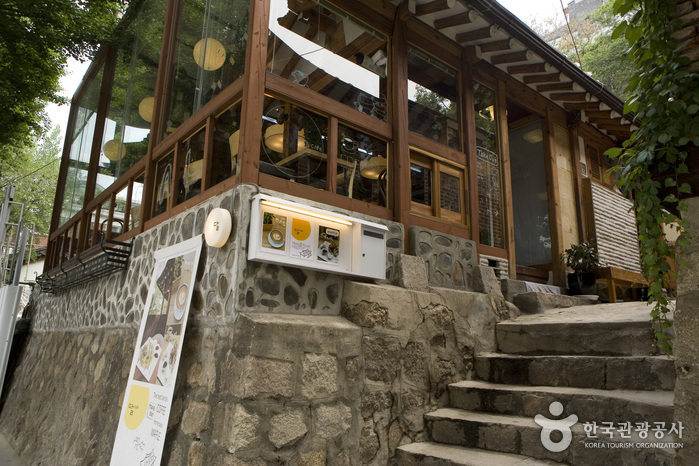
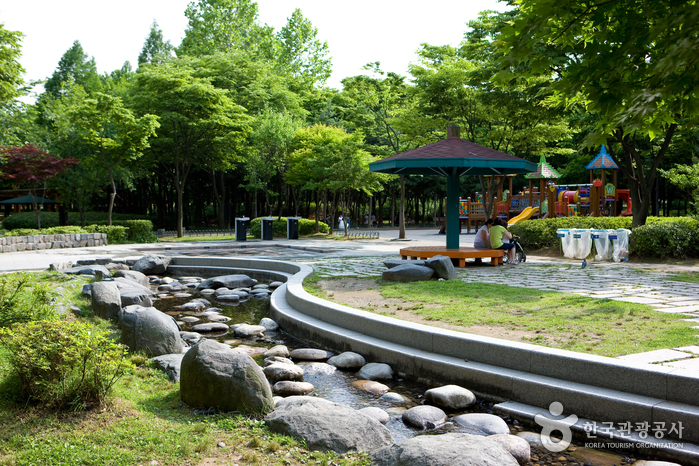
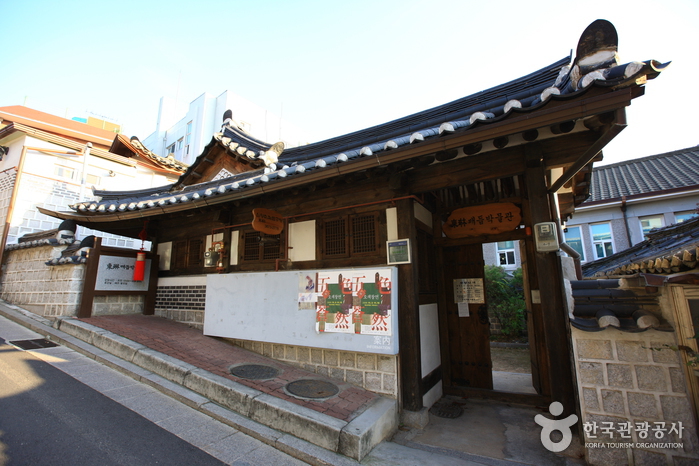
 Español
Español
 한국어
한국어 English
English 日本語
日本語 中文(简体)
中文(简体) Deutsch
Deutsch Français
Français Русский
Русский